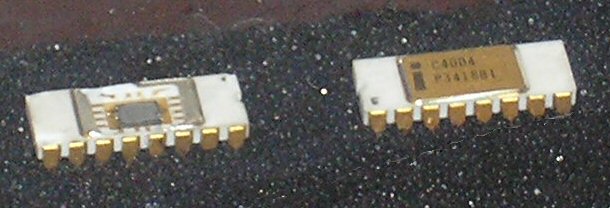Back in 2013 I did a project with a Nordic Semiconductor nRF24LE1 chip. This is an 8051 compatible microprocessor with a built-in 2.4 GHz wireless transceiver. Conscious of how poor my knowledge of RF design is I followed the sample layout of the RF section exactly for the antenna. And by "exactly", I mean I overlaid the sample Gerber file onto my PCB layout and used that to position the components and route tracks. Without the proper tools to tune an inverted-F antenna like on the original, I used a commercial 2.45 GHz chip antenna with a 50 ohm impedance.
Everything seemed to work exactly as designed except the RF section. I could not get the board to talk to a commercial board using the same nRF24LE1 chip. Clearly I'd botched something.
I called a friend who is an Extra-class amateur radio operator and asked his advice. He reviewed my choice of passive components in the RF section and had me change out a couple which he deemed inappropriate for use at 2.45 GHz. This made them work when talking to each other, but they still wouldn't talk to the commercial boards and had significantly reduced range. Without the test equipment necessary to look at a 2.45 GHz signal, the project got shelved.






